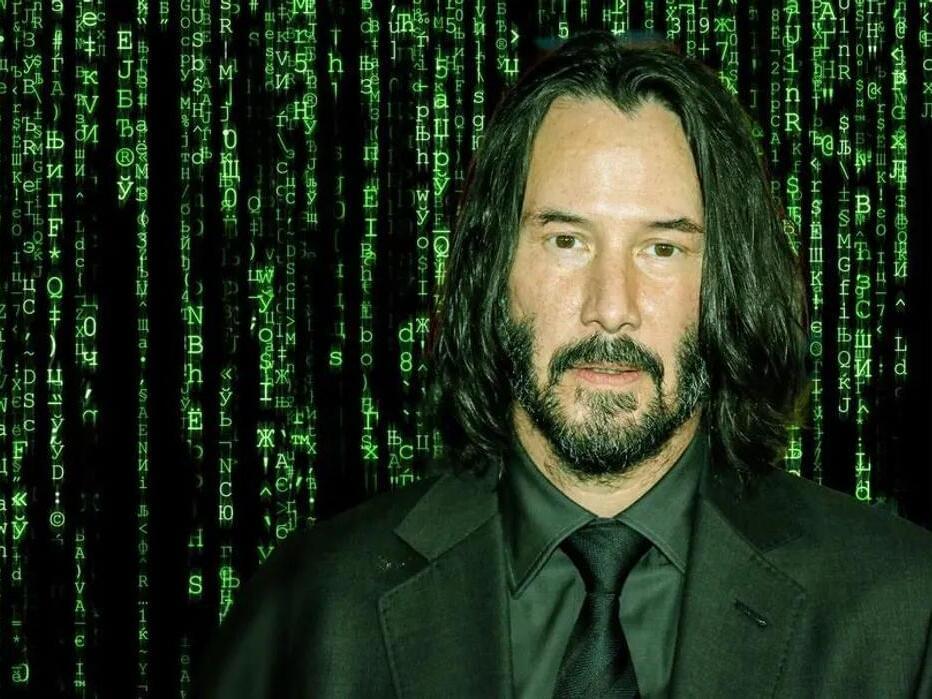Summary: Unveiling the neurological enigma of traumatic memory formation, researchers harnessed innovative optical and machine-learning methodologies to decode the brain’s neuronal networks engaged during trauma memory creation.
The team identified a neural population encoding fear memory, revealing the synchronous activation and crucial role of the dorsal part of the medial prefrontal cortex (dmPFC) in associative fear memory retrieval in mice.
Groundbreaking analytical approaches, including the ‘elastic net’ machine-learning algorithm, pinpointed specific neurons and their functional connectivity within the spatial and functional fear-memory neural network.








